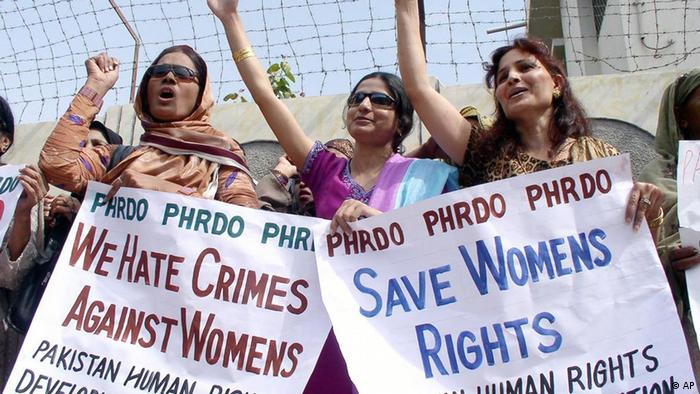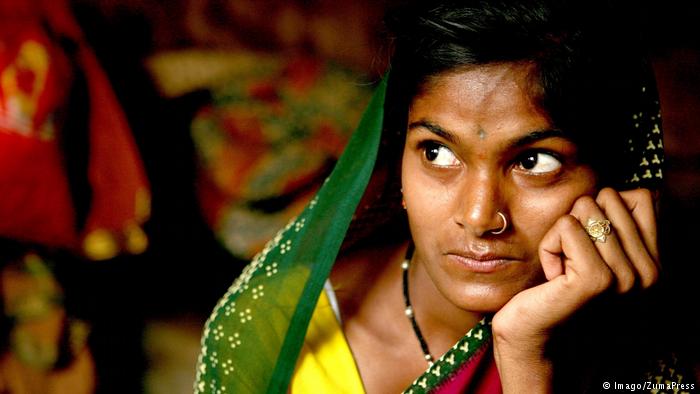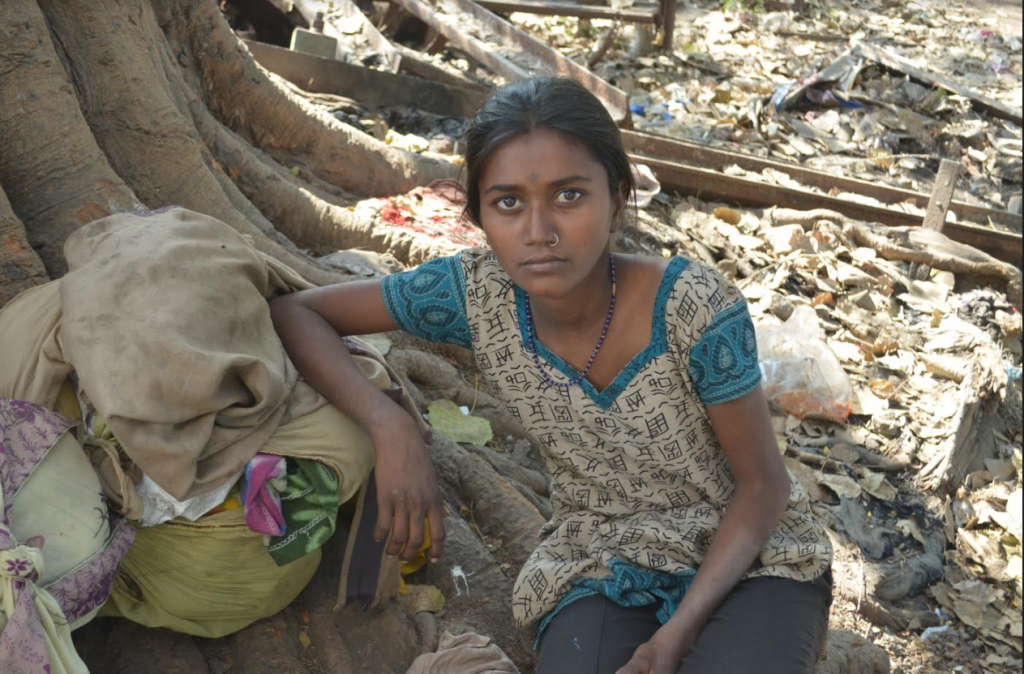A crisis of values
 What happened to 23-year-old Jyothi, Nirbhaya or Damini as people know her, was a snowballing of attitudes and hackneyed traditional modes of thinking. In her next blog in the series, Dr. Kanchana Lanzet talks about how Indian society is having a tough time deciding whether to be modern or to be western. Indian women are also partly unwilling to give up the comforts of tradition- of having the security and protection of the Indian family.
What happened to 23-year-old Jyothi, Nirbhaya or Damini as people know her, was a snowballing of attitudes and hackneyed traditional modes of thinking. In her next blog in the series, Dr. Kanchana Lanzet talks about how Indian society is having a tough time deciding whether to be modern or to be western. Indian women are also partly unwilling to give up the comforts of tradition- of having the security and protection of the Indian family.
The opening up of the markets through globalisation has brought about modernisation in India in certain sectors. Globalisation, with its special economic zones, has seen the burgeoning of women as a work force. It is well known that both Indian as well as international companies exploit women’s cheap labour. This is especially true for the garment industry but recently also for call centres. The work in call centres involves late night and early morning working hours. One often hears of women who work in call centres being sexually harassed.
While trying to grapple with the Indian society, it pays to differentiate between “Modernisation” and “Westernisation.” For example, it is modern to educate girls, to send them to college and to learn a skill even in the rural areas; it is modern for girls and young women to seek employment. Young women with education and employment are preferred by prospective grooms and their families today’s marriage market. In the southern state of Tamil Nadu, modernity has resulted in a change of women’s traditional apparel from the Saree to the Salwaar Kameez which is worn in North India. The Salwaar is a comfortable baggy trouser caught up at the waist and ankles. Worn over this is the Kameez, a long tunic.
Young women go out in groups in mixed company but always take care not to step over the lines of propriety. Folk tales have plenty to tell about what happens to little girls who step out of line or leave the well-trodden path– they are either carried away by demon kings or the big bad wolf eats them. By comparison, Westernisation is a lifestyle comprising social get-togethers, drinking alcohol, going out with boys for dancing and to discos. This lifestyle is permissible for men, both young and old, but young women are frowned upon disapprovingly for leading such a life as this may ruin their reputation and reduce their chances of finding a “suitable boy.”
The social network
The internet and the mobile telephone have cut deep into the network of Indian socialising and social communications, especially between men and women. It has broken the barriers of caste, class, ethnicity and religion. Men find it difficult to exercise social control over their daughters and women relatives in cyberspace. The internet allows easy access to social networking at the local as well as the global level, resulting in access to a multitude of information and knowledge! Without the internet, Jyothi’s case would not have had such an impact on millions of women across India and the world.
There are many counter forces in traditions and culture that work to prevent and stop the forces of modernisation. But the constraints of a transforming economy towards globalisation bring with it western values of freedom (freedom of choices and decision-making). For women, the age of the internet and westernisation hold the challenge of living their own lives and choose their own partners, but at the same time they hate to lose the security and protection of family and tradition. Bollywood is unthinkable without the drama and the perils of the “love-marriage”. For men, it is rather to their benefit that Indian women do not leave the well-trodden path, especially in the private sphere of the family and the community. Values and belief systems continue to perpetuate traditional gender stereotypes and roles with narrow moralistic definitions.
Author: Kanchana Lanzet
Editor: Manasi Gopalakrishnan
You can read the other blogs in the series here:






